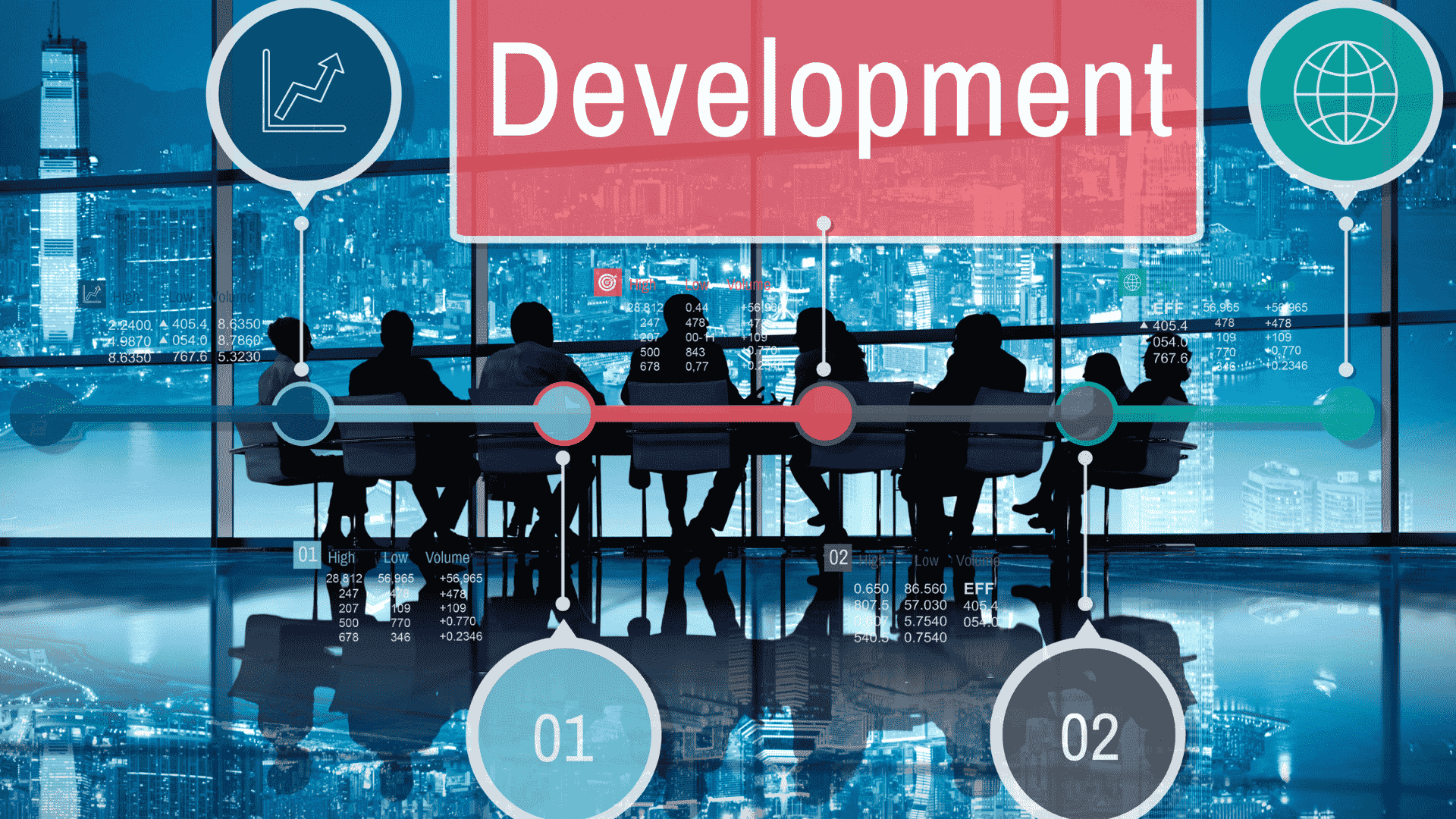For the simplicity of human beings, the evolution of software development dates back to the 19th century. As work patterns are transformed digitally, manual involvement is declining. Thanks to software development, the value of simplicity is added to the lives of humans in every respect. As the culture of automation has matured, the approach toward software development or SDLC has increased rapidly.
These methodologies have progressed along with the hardware, development tools, and the modern psyche of software development teams.
In this blog, we will explore all about,
- Software Development Life Cycle
- Its Seven Stages
- Its Popular Models
What is the Software Development Lifecycle?
Software Development Life Cycle or SDLC, is the cost-efficient and timely procedure incorporated by development teams to design and create high-quality products. The main objective of this system is to reduce project risks using a planning approach to satisfy client needs.
Furthermore, it comprises a well-defined plan that explains how to develop, maintain, replace, and optimize a particular software. SDLC life cycle defines a way to enhance the software quality and the overall process of development.
Software is a complicated product, so it is processed and then delivered through a series of steps:
- It starts with an idea
- The idea turns into a document (prototype)
- The final structure is transformed into software
- The product is tested before the launch
- The development team handover the software to the client
Seven Stages of the Software Development Life Cycle
SDLC successfully distributes the tasks between software engineers and developers. The approach primarily focuses on two things: first ensuring that the product fulfills the client’s expectations, and second, covering the project within a limited budget. Therefore the development team needs to understand all the technicalities beforehand.
Commonly, SDLC models consist of seven stages of developing software.
Planning the Project:
We all are bound to plan before everything. So the primary stage of the software development life cycle starts with a basic question: What exactly do we want?
Planning is a significant step in SDLC because it functions as a foundation of the entire project. Without planning you cannot ensure the quality of the final product. In this stage, the development team incorporates all the necessary information into the product.
Requirements and Analysis
Here, all the requirements to build a final software are specified. The requirements are further reviewed by clients for approval. The development team discusses all the features, duties, and functions of the software in depth with the clients.
When the design gets approved, the software development team analyzes the requirements and executes the development process. The main purpose of this stage is that every person gets to know every single piece of information required to build software. This information is related to software’s operating systems, programming, and security.
Designing the Layout and Developing the Software
Designing appears in the third step of SDLC, where the designers come forward with a suitable layout of the software. In addition to this, software designers get a reference of layout through the Software Requirements Specification SRS document.
Other designs for product layout are available in the Design Document Specification DDS. The developer focuses on covering all the practical, technological, and financial requirements of the end-user.
After finalizing the design, the software development team selects some popular program languages, like Java, Python, C/C++, oracle, etc to place into the software.
Testing the Product
In SDLC, the testing of the software is mandatory to ensure its smooth performance. The goal here is to check whether the complete software functions according to the demands of the client or not.
At the end of the testing process, the software development team explores some bugs and reports them to the developers. Then developers are responsible for fixing all the cracks and crevices after which they send it for quality assurance and testing. This procedure continues until the software is free from defects and ready to use in business.
Deployment
The sixth stage of SDLC is the deployment of the software. After testing is complete, and the software is ready for deployment, it is handed over to the customers to use. The project itself signifies the complexity of the deployment.
After retrieving positive feedback, the software is launched. But the process doesn’t finish here. Again, a small type of testing is conducted on production to ensure environmental concerns.
Maintenance
Lastly, the main concern of the whole development process appears here. At this step, the client is directly involved in using the developed software. Maintenance is the last step in SDLC where newly developed software is adjusted. The final product is updated and adapted to the growing user requirements in business.
Common SDLC Models
Waterfall
It is considered the most basic and simple model of the software development life cycle. Currently, this model is not in use, but it still works as the foundation for all different SDLC models.
Due to its ordinary structure, the waterfall model is simple to use and offers a tangible output. But when this phase is complete, it cannot be changed, and due to this less flexible property, the model is not in use now.
Agile
This model was primarily established to respond to changing requirements instantly. The main objective of the model was to facilitate instant project completion. This model is composed of different development processes.
These processes have identical characteristics but also consist of distinguishing elements between themselves.
Iterative
In this model, every cycle ends up in a semi-developed deployable version. This SDLC model focuses more on repetition. Developers create a semi-developed deployable version, then test and optimize it through successive versions.
But this model has one potential drawback on uncheck, it can consume all the resources in greater quantities.
Spiral
Many experts consider the spiral model as the most flexible model in SDLC. But this model also involves planning, designing, building, and testing repeatedly, with required amounts of improvements at every stage.
V-Shaped
The V-shaped model is widely regarded as the further portion of the waterfall model in SDLC. At every stage of development, this model integrates the testing process. It is also known as a verification and validation model.
Big Bang
This model is considered reliable for small-scale projects. The Big Bang explains the informal and unstructured concept of software development. Similar to waterfall, this process can also run into obstacles.
Bottomline
Software Development Life Cycle is essential to build up efficient and high-quality software programs. In a rapidly evolving technological landscape, SDLC stages play a significant role in enabling some top-notch solutions for helping customers and businesses. Also, it’s good to adapt changes in the SDLC principles to fulfill the growing needs of clients and stockholders.




